Core Stability is becoming a more frequently used phrase word in the health, fitness and the sporting industries. But when I look around at the quality of training that presents itself, I can see that training the “Core” it is a very misunderstood subject.
What is the Core?
If you take away your arms, legs and your head, you are basically left with the core – your back and abdominals. The Core is the only thing that joins our upper body to our lower body. Although the rib cage houses and protects all of the major organs in the upper thorax, it is the four layers of abdominal muscle that support and protect the viscera (organs) of the lower thorax. These four muscle layers wrap around the entire abdomen in multiple directions. When working properly they also assist in supporting good circulation and healthy organ function. Another major function of the abdominal wall is to stabilise our spine. The Core is the foundation for all our movement.
Let’s take a look at the deeper layers of the Abdominal Wall.
The deepest layer is the Transverse Abdominis. It runs horizontally just like a weight belt and is in fact is our own natural weight belt. Its connection is in the low back or thoracolumbar fascia in more technical terms, and Transverse Abdominis is the main stabilisation of the lumbar spine region of your spine providing they are stable and functioning properly. The next layers of the Abdominal Walls are the External and Internal Oblique Muscles. These muscles run diagonally across your trunk. Their job is to rotate our trunk and assist in side bending movements. Then on the top layer we have Rectus Abdominis, which is the top layer of the abdominal wall. You can often hear it referred to as the “wash board” or “six packs”. This section of the Abdominal Wall is like a shield to protect our organs. They are one big sheath of muscle that attaches from the upper ribs and xiphoid process right down to the pelvic bone. It has two different neural functions, driven by two different nerves, so when the upper abdominal moves the lower acts as a stabiliser and you have the reverse when the lower is being worked or moving.
Training – Be aware of the ‘six pack’!
The Rectus Abdominis is commonly trained inadequately and too often with poor quality, “crunch-style”exercises. In the Core, the Rectus Abdominis is considered the outer unit of the abdominal wall. When over-trained or tight, this muscle can pull people into a round shoulder forward head posture. The many layers of abdominal wall wrap around our trunk in many directions, just like a package that has been wrapped for a long journey. The core has eight different neural functions and as such this makes it a very complex area. What that means is that there are eight different nerves that facilitate the control and function of the core from the Brain. To properly train the core / abdominal wall properly you should first be assessed to determine where the weaker portions of it are. You cannot determine a proper course of training and strengthening without a proper, clinical assessment to determine the correct course of action to correct imbalances and apply the right training methods.
Training – Common Weaknesses
From years of testing abdominal function I more often than not see weakness in the TVA. This is a general observation and there are always exceptions to this with different postural positions and other imbalances. Quite often the upper rectus abdominal muscle, although not always strong, is usually stronger than the deeper layers that support our spine. If the deep layers of the abdominal wall do not function, then there will be limited, poor or even no support for the spine. This, amongst other postural positions, creates pain to varying degrees in people, which in turn places different stresses on our limbs. This can reflect in an imbalance and pain and/or discomfort, and the neck, shoulder, hip, knee, and ankles can all be affected if the spine is not stabilised by the core. You could relate this to the trunk of a tree. If it is weak the branches will not get the required support and they themselves could not be strong. Once assessed, the weak portions of abdominal wall should be isolated to gain neural function (teach the brain how to operate them again). Once this is achieved it is extremely important to integrate these muscles into all our functional movement patterns and exercises. In everyday life no muscles work alone so it is crazy to train them this way. Functional training can be related to big patterns that mimic human movement. This type of training should integrate the body as a whole, not isolate it into little areas. The only time that certain muscles should be isolated is when there is weakness in a particular area e.g. transverse abdominus would be trained alone to start, so that the brain knows how to control and operate it. Then it must be integrated into bigger patterns at a level that the brain can still control it, while slowly building strength. If you train with more loads than a weak muscle can handle, other muscles may take over and do the job. This creates more dysfunction and imbalance within the body.
Visarapotosis
Visarapotosis is an extremely common dysfunction, especially in women. This is when the deep abdominal wall is too weak to support the organs. The weight of them slowly adds pressure to the intestinal tract and it then can prolapse. This can shut down many functions with in the body and is a major form of stress within the body. Correcting any imbalance in the core will assist in fixing this common problem in woman.
Back Pain
The most common source of back pain can be traced to muscle imbalance in the abdominal structure. With proper corrective strengthening exercises for any imbalance you have in the core you can minimise or remove back pain related to Core Imbalance.
Body Fat Myth
You cannot spot reduce body fat from any specific muscle with a particular exercise. The idea of strength training the body is to strengthen and balance muscle structure, joints and bone. To gain tone, shape, or growth, adding muscle (active tissue) speeds the metabolism and uses more calories, which reduce overall body fat. Remember – you are only as strong as your weakest link!
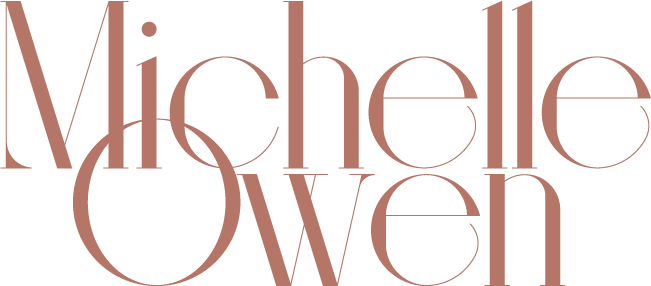
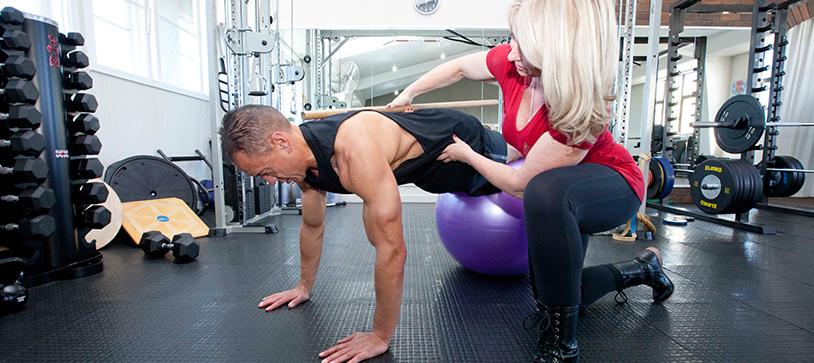
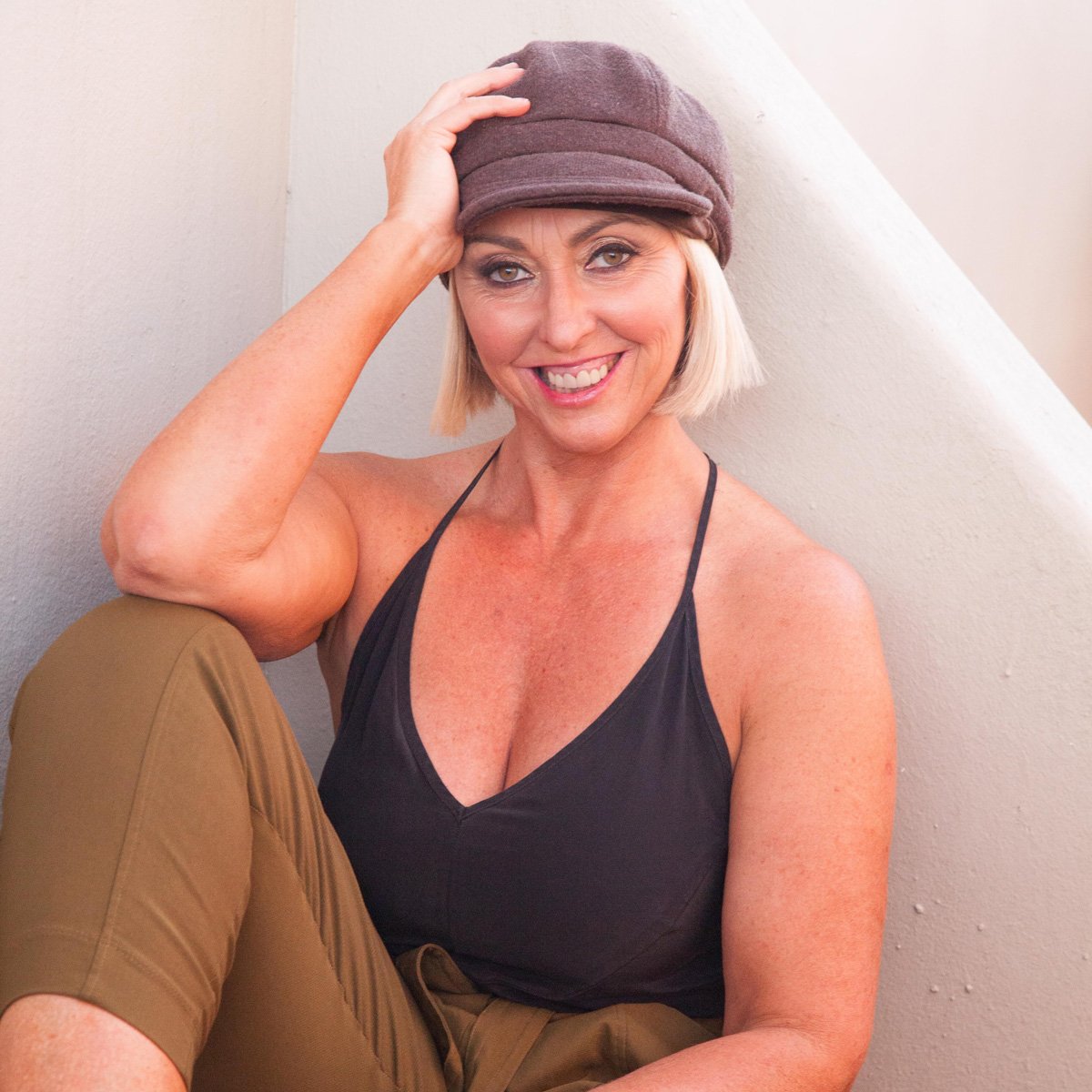
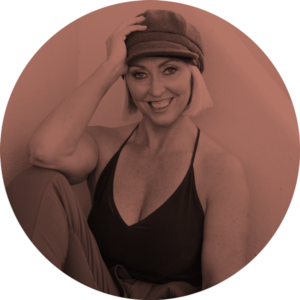
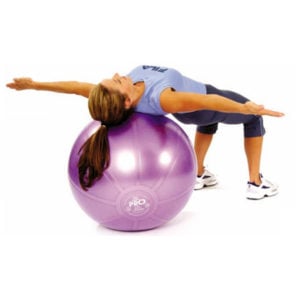
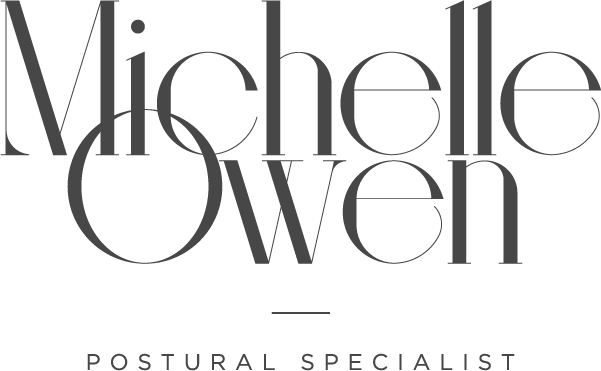
0 Comments